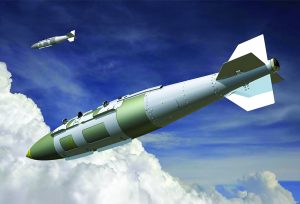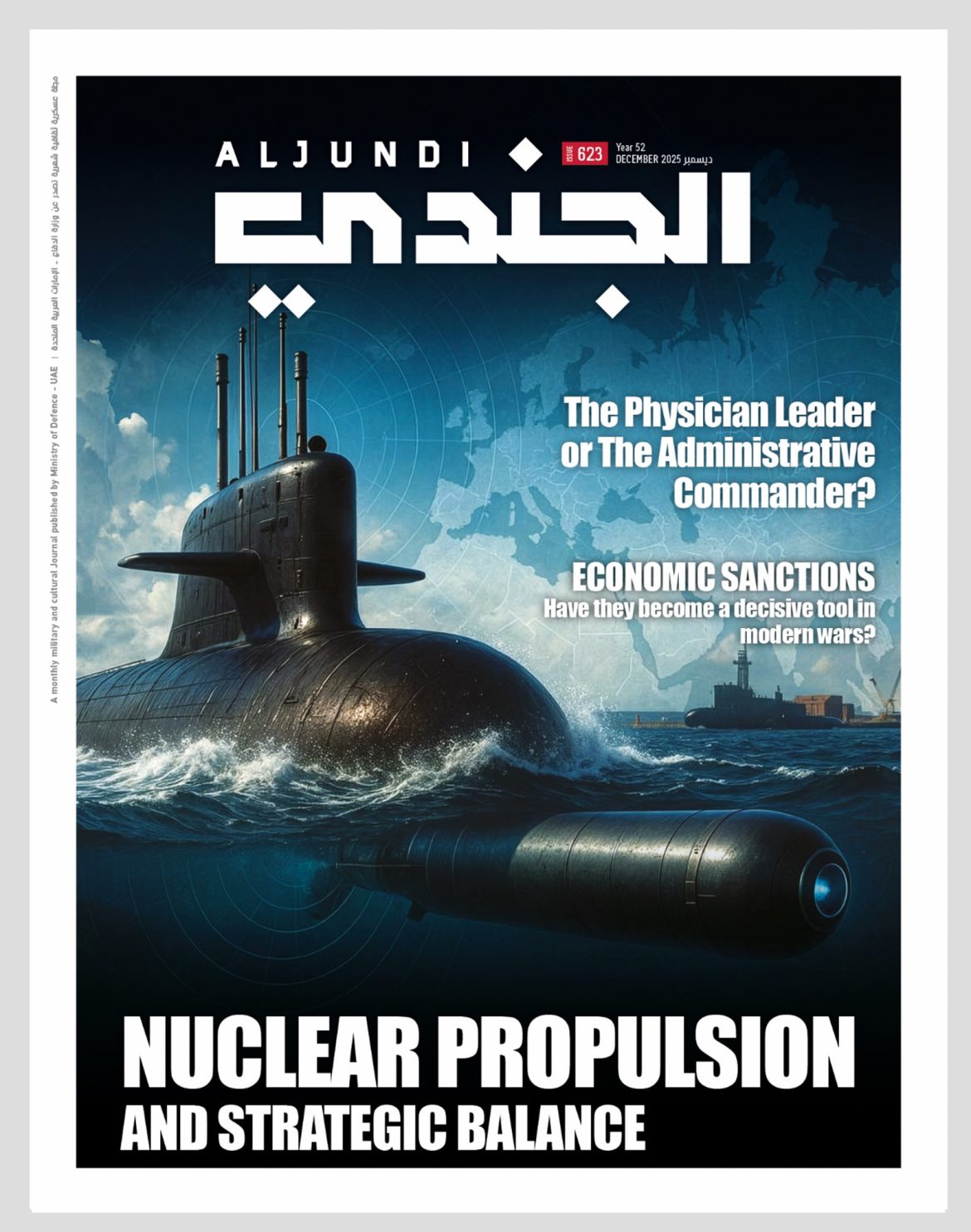Modern conflicts have long been catalysts for military innovation—driving the creation of new systems or the overhaul of existing platforms. They provide critical insights into which weapons prove effective on the battlefield and which require reconsideration. Perhaps one of the most notable outcomes of the ongoing Russia–Ukraine conflict has been the renewed scrutiny of main battle tanks (MBTs). The growing use of drones to disable or destroy these heavy platforms has pushed major military powers—the United States, Russia, and the European Union—to explore new visions for future tanks. These concepts aim to address present challenges while harnessing emerging technologies such as artificial intelligence (AI) to ensure tanks remain decisive in future wars.
The U.S. Vision: The M1E3 Abrams and the Focus on Agility
Since 2022, the United States has advanced concrete plans for its next-generation MBT, the M1E3 Abrams. In May 2024, the U.S. Army approved an initial design by General Dynamics Land Systems, with final development expected within 18 months. The new design revolves around three pillars: reducing weight, improving fuel efficiency, and integrating AI-driven capabilities.
Reducing weight and enhancing deployability:
Historically, tank weight has surged—from around 5 tons in the early 1940s to roughly 70 tons in the current M1A2 Abrams. While heavy armour and powerful weapons offer battlefield advantages, excessive weight creates major logistical challenges. Heavy tanks damage roads, struggle in muddy terrain, and require large cargo planes or ships—resources in limited supply. In 2023, Major General Glenn Dean, Executive Program Officer for Ground Combat Systems, highlighted the need to “reduce the logistical footprint of the Abrams.”
Consequently, next-generation main battle tanks will need to achieve higher strategic deployability while maintaining tactical survivability on the battlefield. This means they will be lighter, enabling faster and more flexible deployment by air, sea, and land.

The M1E3 Abrams is expected to be about 10 tons lighter than its predecessor to achieve these goals.
This trend aligns with global efforts seen in tanks like South Korea’s K2 Black Panther and Japan’s Type 10, which weigh between 50–55 tons. Additionally, an automatic loading system will likely reduce the Abrams crew from four to three, streamlining internal design and contributing further to weight reduction.
Improving fuel efficiency
One longstanding vulnerability of MBTs has been high fuel consumption. Even advanced logistics networks face risks, especially in challenging terrain or under enemy attack.
In previous wars, many tank offensives achieved remarkable initial successes—such as the German advance against Russia—but soon stalled when fuel supplies were exhausted. Over the past century, as tanks have grown heavier, their fuel consumption has increased accordingly.
The Abrams currently consumes around three gallons per mile, creating significant logistical strain. Hybrid engines—combining diesel and electric power supported by batteries—promise multiple benefits: better fuel efficiency, reduced mechanical breakdowns, quieter movement for stealth, and overall weight reduction. General Dynamics revealed that an earlier prototype consumed about one gallon per mile; the new model is expected to improve on this figure.
Integrating AI for battlefield awareness
AI will transform tanks into more than armoured vehicles; it will enhance their role as networked battlefield assets. The M1E3 Abrams will likely use AI systems to detect threats—including enemy drones or tanks—at long ranges and communicate directly with friendly UAVs tasked with reconnaissance. This approach mirrors the design philosophy of the multi-role F-35 fighter jet, which prioritises situational awareness and real-time data sharing. Lessons from the Russia-Ukraine war, where drones like Russia’s Lancet have disabled Western tanks, have underscored the importance of such capabilities.
Russia’s Ambitious Vision: Uncrewed Tanks and Heavy Firepower
In March 2025, Igor Mishkov of Uralvagonzavod (part of Rostec) outlined Russia’s future tank concept. While acknowledging that tanks remain central due to their direct firepower, Mishkov noted that they should be designed to handle new threats such as anti-tank missiles, artillery, and loitering munitions like suicide drones.
This is largely due to the fact that the Russian army has suffered tank losses from both anti-tank missiles and drones during the Russia–Ukraine war.
Russia’s vision is notably ambitious, as it includes future tanks operating without human crews, equipped with stronger weapons, multi-layered protection, and high manoeuvrability across varied terrain, and advanced turrets. While it remains unclear how advanced these projects are, several related technologies are already being tested.
Field testing and heavy armament
Reports from late 2024 indicate that Russia has begun testing the uncrewed Sturm tank, built on the T-72B3 chassis, for deployment in Ukraine. It features a 125mm main gun, rocket-propelled flamethrowers (RPO-2 Shmel-M), 30mm automatic cannons, and 220mm thermobaric rockets adapted from the TOS-1A system.
Simultaneously, Russia is upgrading legacy tanks like the T-72 with Arena-M active protection systems. These detect and neutralise incoming anti-tank missiles using radar-guided countermeasures, significantly increasing survivability against modern threats.
Europe’s Collaborative Path: The Fifth-Generation Tank Project
Europe’s response combines modernisation of existing MBTs with a forward-looking vision. The FMBTech initiative, led by France’s Thales and involving 26 industrial and research partners from 13 EU countries plus Norway, aims to shape Europe’s next generation of tanks.
Developing modular subsystems:
Rather than focusing solely on new tanks, FMBTech is developing “new subsystems” designed to be integrated into current platforms like Germany’s Leopard 2 and France’s Leclerc. These include next-generation active protection systems, AI-driven situational awareness, advanced communications, and electronic warfare capabilities. Together, these systems will form the technological backbone of a completely new European MBT expected after 2035.
By enhancing the digital integration of tanks with drones and other military assets, the project aims to make future tanks central nodes in a broader multi-domain combat network.
Moreover, this project is particularly promising because it brings together major European defence companies such as France’s KNDS, Arquus, MBDA France, and Safran Electronics & Defence, alongside developers of advanced sensing and communication technologies like Hensoldt France, bolstering Europe’s defence autonomy.

Shared Challenges and Converging Solutions
All three approaches—U.S., Russian, and European—share common drivers: lessons from the Russia–Ukraine conflict, the rise of drones and precision munitions, and the need for battlefield resilience. Each programme emphasises enhanced protection, AI integration, and improved situational awareness. Additionally, networking tanks with drones and other systems reflects a shared belief that tanks must evolve into connected combat platforms rather than operate in isolation.
The United States appears to have the most structured, phased plan, whereas Russia has moved quickly to implement parts of its vision, notably by converting the T-72 into an uncrewed platform. Europe, meanwhile, focuses on modular upgrades and long-term joint development.
Conclusion: War as a Catalyst for Innovation
Wars often act as catalysts for innovation and development. During the Russia–Ukraine conflict, both sides—Moscow on one hand, and Kyiv and its Western allies on the other—managed to capture each other’s tanks and reverse-engineer them to study and exploit their strengths. Such efforts will undoubtedly influence future tank development programmes.
Although the widespread use of drones to target tanks has led some analysts to question the continued relevance of tanks in future warfare, the ongoing modernisation efforts by the United States, Russia, and the European Union ultimately demonstrate that tanks will remain an indispensable weapon on tomorrow’s battlefields. ●
By: Dr. Shadi Abdelwahab Mansour (Associate Professor at the National Defence College)














